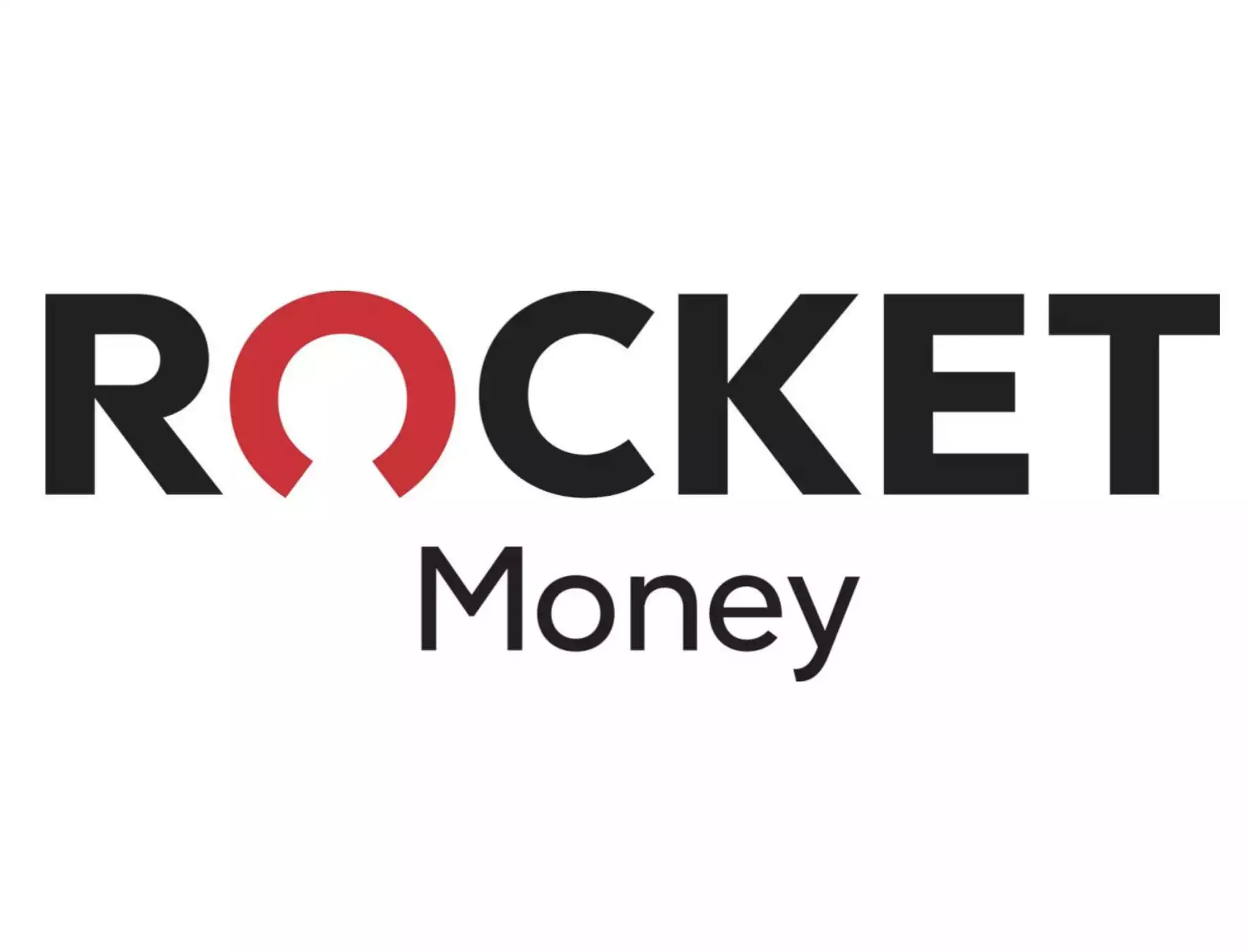You have a budget, great! But what about your budget categories? Setting them up without losing your sanity can be a tall order.
Having a budget is only the first step. You need to set up budget categories that are detailed enough to show you where your money is going but not so detailed that you go nuts trying to keep track of them all.
Budgets are Personal Finance 101
No matter how little or how much money you have, everyone needs a budget. Every other aspect of successfully managing your finances are built on knowing how much money you have coming in, how much is going out and where it’s going.
But there are so many ways to budget that it can be confusing. How many budget categories is too many? How many is too few?
If a budget is too complicated, you’re unlikely to stick to it. You want a system that is simple and straightforward. The 50/30/20 method fits the bill.
Personal Capital is Now Empower - Track your entire portfolio for free.
All your accounts in one place
- Plan for retirement
- Monitor your investments
- Uncover hidden fees
50/30/20
This budgeting method is simple. You allocate your total budget at these percentages. We’re going to break down what expenses fall under each. And to be clear, the numbers you’ll be using are post-tax, so the amount of money you get in your paycheck each month, not how much you earn.
You can certainly just use 50/30/20 as your categories for the most straightforward system ever, but unless you have your finances on 100% lockdown, you probably need to expand out a bit.
50%: The Essentials
The 50% represents the essentials in your budget, expenses like housing, hoa fees, utilities, transportation, parking fees, insurance premiums, and groceries among them. This also includes things like child care and child support.
That these expenses are essential doesn’t mean we can’t reduce them though. We’ll cover that.
Housing is the most significant expense for most of us so how much of the 50% should be devoted that and what exactly does “housing” encompass?
“Housing should comprise 35 percent of your take-home income. That includes the mortgage or rent, all home repairs and maintenance, property taxes, utilities such as electricity, gas, water, and sewer, and homeowners or renters insurance. In short, it includes every housing-related expense.”
That is one take on it, but it’s pretty unrealistic. I think it’s more realistic to budget that 35% just for your rent or mortgage payment.
It might mean you have to tighten up in other areas of the 50% but housing isn’t cheap, and unless you take on a roommate, live really far from your place of work in the case of city dwellers or can live with your parents rent free, there aren’t a lot of ways around the high cost of housing.
30%: The Fun Stuff
The 30% is to be budgeted on nonessentials, things that you spend money on but could live without (although the living might be pretty miserable).
This percentage includes things like meals out, leisure activities, clothes (clothes are a necessity, yes, but presumably you haven’t been running around nekkid to this point, so you already have some), hobbies, and grooming.
20%: The Important Stuff
This budgeting category too many people overlook, but it’s the most important. The 20% is for debt repayment, (if you have any) saving and investing. It’s easy to leave this category out and just tell yourself whatever is left over at the end of each month is the money you’ll put towards these things.
But the problem is, when you don’t dedicate money to these areas up front, there is no money left over. Money that isn’t assigned a job tends to disappear without a trace. If you don’t fund these categories, you will never pay off your debt, save an emergency fund, or invest enough to retire.
This is our guide to budgeting simply and effectively. We walk you through exactly how to use Mint, what your budget should be, and how to monitor your spending automatically.
Breaking Down Your Categories
Now that we have broad budget categories, we know what percentage of our money is going where we have to break them down a bit further while keeping things as simple as possible.
This is going to look a little different for everyone. If you have a mortgage, your home owner’s insurance may be part of your mortgage payment. If you have a cell phone and a landline (why do you still have a landline!?) from two different providers, you may want to use two different categories.
These are broad guidelines that you can tweak to fit your situation.
Your Essential Budgeting Categories

We’ve already discussed making “Housing” its own category consisting only of our rent or mortgage payment. What else do we need?
Utility is a category that holds expenses like electricity, water, heating, internet, phone, and cable.
You can argue that the internet, phone, and cable aren’t necessities and you’re correct but they are things that have become part of everyday life for most of us.
And for many, they are “bundled” by the provider. That’s the case for me. I had cable, internet, and a landline through Cox but don’t even have a landline phone. It’s $40 a month cheaper to include it in a bundle than to have internet and cable without it though. My cell phone is included under utilities.
Since most of these are fixed expenses, I used one category for all of them. These go under “Utilities,” and I call it a day.
Transportation encompasses a lot, whether you have a car or you don’t. If you do, it includes a car payment, car insurance, (or you could lump that with the other types of insurance you have in a separate category) gas, oil changes and scheduled maintenance.
If you don’t drive your transportation category might include public transit costs, rideshare costs, and bike maintenance costs.
Insurance is medical, dental care, vision, life, home owner’s or renter’s, and auto. That’s an easy one. Yes, you don’t have to have most of these but not having insurance and crossing your fingers to ward off being hit by a bus, a fire, a flood, or an accident is a pretty foolish way to save money.
This includes other health care costs like co-pays each time you visit your primary care doctor, any medical equipment any family members may need for treatment.
Groceries are one of the easiest areas to save money in. Nearly all of us spend more than we need to when we’re food shopping. We’ve written a lot on ways to save money on groceries. Personal care items like soap, laundry detergent, pet food, cleaning supplies and other miscellaneous stuff all count in this category.
Your Fun Stuff Budgeting Categories

Because food is such a big money suck for so many people, groceries (a necessity) have to be categorized apart from money spent on takeout, delivery, dinners out, and work lunches.
Fun money can be spent on leisure activities are the things you do for fun like going to the movies, a concert or having drinks.
The clothes category can include not only clothes you buy but the cost to dry clean or repair your wardrobe too.
Hobbies can include any sports you play and have to pay for things like league fees and equipment, the cost of lessons if you’re learning something like how to play an instrument or blowing glass.
Grooming is what you spend on things like getting your hair cut, colored, highlighted, keratin, blown out (there are a lot of things you can do to your hair, and they’re all expensive!), getting your nails done, a gym membership, and all of the products you use to keep yourself looking fly.
You can also include money spent on special occasions like Christmas, and home maintenance projects in this section.
The Important Stuff
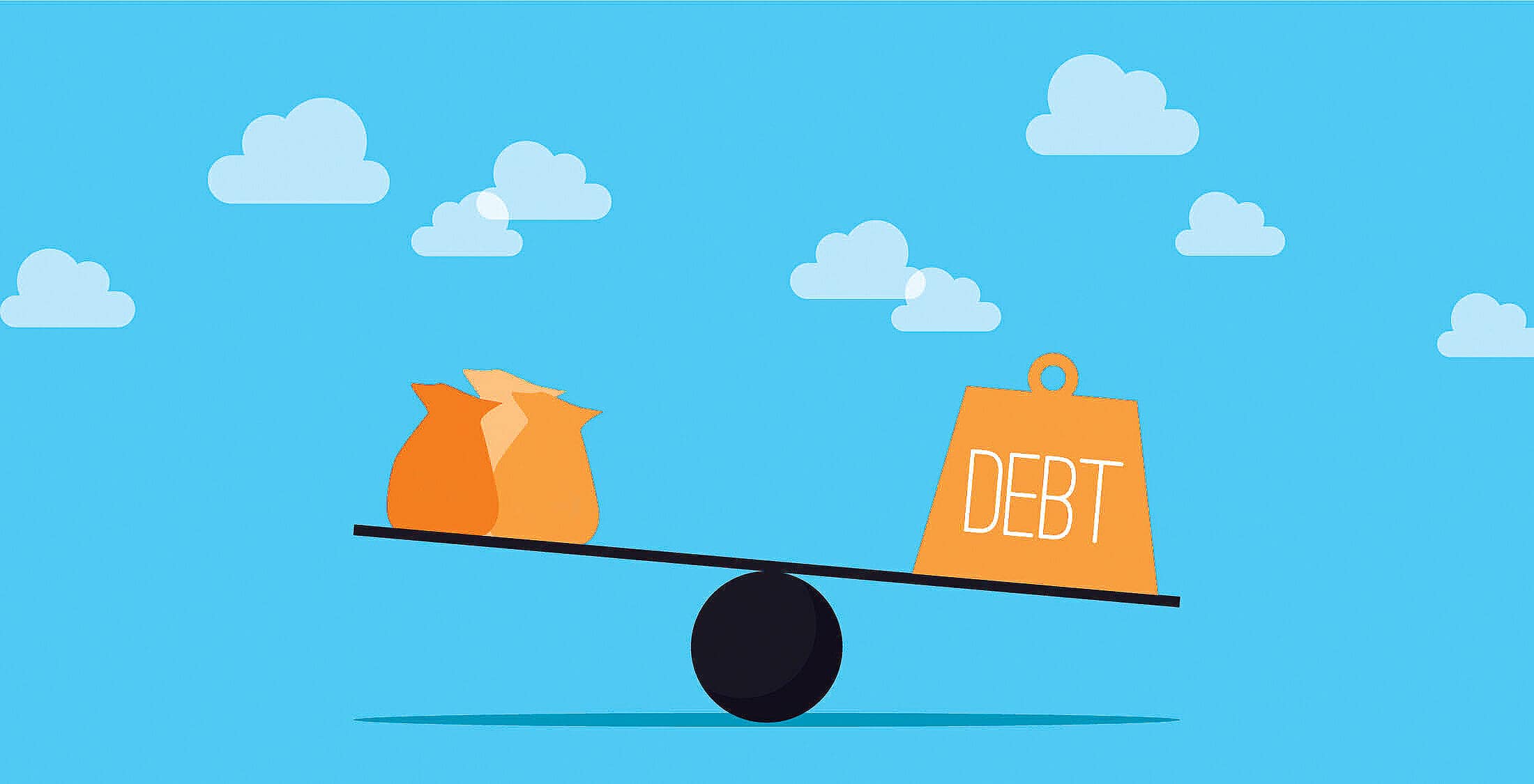
No, don’t you dare ignore this personal budget category. In fact, I’m already letting you off easy. I could have swapped the 30% and 20%, and you’d have to use 30% for this leaving you only 20% for fun stuff.
Some people think it should be that way for everyone, but I don’t think it’s realistic. Furthermore, there is nothing wrong with being a nice, comfortable B student. We can’t all be high achievers.
If you have high-interest like personal loans or credit card debt, that has to be your priority in this category.
The only investing or saving you should do is to contribute to your 401k up to the point you qualify for matching if your employer offers it because it’s free money and saving $1,000 for an emergency fund. No, $1,000 isn’t enough, but it’s the bare minimum you need.
If you have low-interest debt, like a student or car loan or mortgage, it’s okay to invest before that’s paid off.
Keep It Simple Unless….
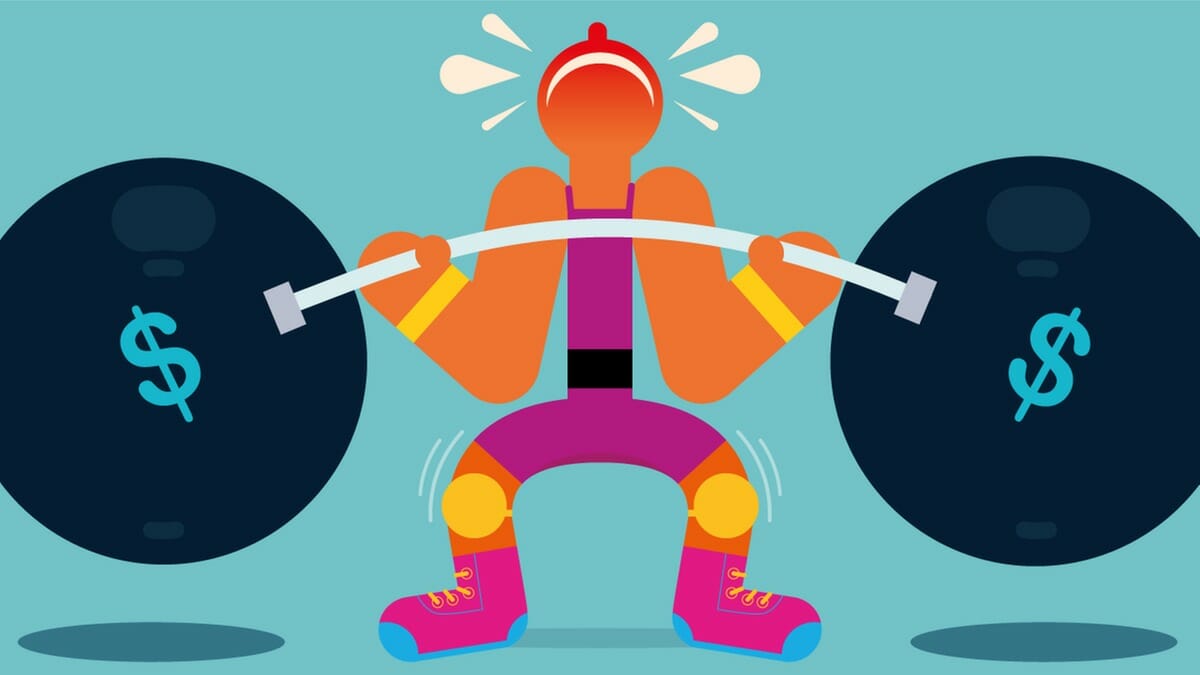
We want our budget categories to be simple enough to make budgeting easy but if you have a problem area in your budget, a category where too much money is disappearing into, you need to break it down further.
Food is the best example of this since most of us are spending more than we realize here. Groceries are groceries, the food you buy in the supermarket. You can’t break that down much further.
Well, I guess you could into things like “Meat,” “Fruit, “Vegetables” and so on but that would be insane and not particularly helpful.
It’s the broader “Food” category you can break down if you see too much money going here.
You can further break this down into “Dinner Out,” Work Lunches,” “Snacks,” (those chips you bought from the vending machine, the soda from the gas station, the candy bar in the check out line at Target), “Delivery,” and “Take Out.”
When you separate these transactions, you might be shocked to see that you’re spending $200 a month on work lunches.
Breaking down categories further gives you a better picture of just why a particular category is eating up so much of your budget.
Cutting Expenses
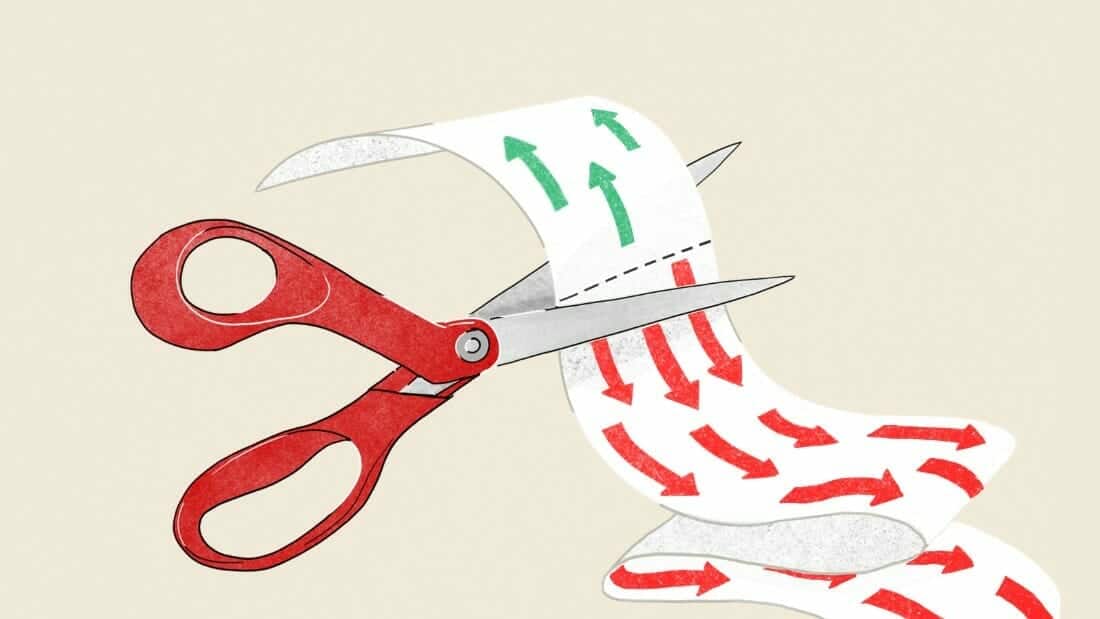 There are ways to save on almost all of the things we spend money on. Some of them are easy, some a little tougher but every dollar you can cut out of your budget is a dollar that can go to something fun, paying off debt, or investing.
There are ways to save on almost all of the things we spend money on. Some of them are easy, some a little tougher but every dollar you can cut out of your budget is a dollar that can go to something fun, paying off debt, or investing.
Cutting Essentials
You can cut housing expenses but to do so usually requires more drastic action than most of us are willing to take and more drastic actions that are even necessary unless things are incredibly dire. But for most of us, even if our housing costs more than the ideal 35%, we can handle it.
So let’s talk about ways to cut the other essential expenses.
You can use Rocket Money to negotiate better rates on things like your cable, internet, and cell phone. I’ve used them twice, and they saved me a few hundred dollars a year.
80% of people save money by using Rocket Money to find and cancel unwanted subscriptions! With Rocket Money, you can also effortlessly track your spending, easily lower bills and track your net worth.
Better yet, cut cable altogether. The cable portion of my bill is $113 a month. I cut the cord and got Fubo instead which only costs me $45 a month (plus another $12 for the cycling package but most people don’t watch cycling).
We wrote about ways to save money around the house that will help you save on things like electricity.
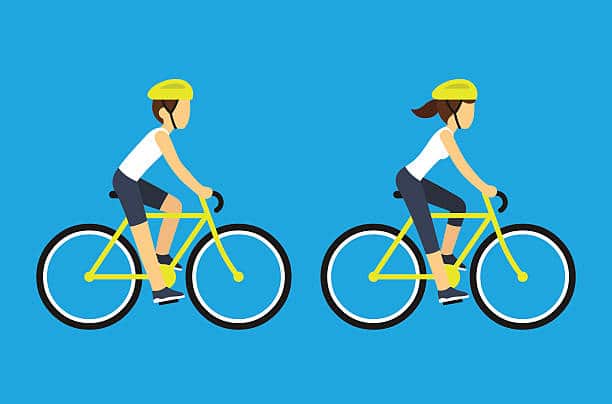
If you drive, save on transportation by taking public transit, biking, or walking for some of your trips. Maybe you can’t walk to work, but you might live close enough to walk to the grocery or drug store.
Better for you too.
If you use an unlimited monthly public transit card, work out if you’re getting a deal. If you walk and bike more, you might be able to get buy with a pay as you go card that would be cheaper.
Saving on groceries is something we’ve covered before. Use a list, shop the sales, shop ethnic markets, and learn to batch cook.
Cutting the Fun Stuff
I promise not to make this painful. You work hard for your money, and you deserve to use some of it on fun stuff. But you can do fun stuff without overspending.
If your idea of a fun night out includes going to dinner, you are going to love Seated. Seated is a reservation app. Use it to make a reservation at a participating restaurant, and you’ll receive a $10-$50 credit with Amazon, Starbucks, or Lyft for each completed reservation.
It would help if you used Seated when dining out. Every time you complete a reservation (book ahead or walk-in), you get up to 30% back. Use your rewards on in-person experiences or redeem for gift cards with brands including Amazon, Uber, and Target. Laura and I almost exclusively eat out with Seated because it saves us so much.
Or try Earny to get cashback with your online purchases.
If you prefer more active fun, we’ve written articles on cheap dates, cheap summer fun, and free things to do on a Saturday night.
If clothes are your thing, you have got to start thrifting. Even though two of my friends (Laura is one!) have been thrifting and telling me to do it for years, it wasn’t until recently I discovered how awesome it is.
Good things come to those who thrift.
Tweet ThisMy boyfriend and I went into a vintage thrift store in Baton Rouge on a whim, and I couldn’t believe the stuff they had and the prices! I bought two dresses, one a beautiful beaded, silk cocktail gown and the other a gorgeous embroidered silk dress.
They would have cost hundreds of dollars new, but I got them for $75 each. No rips, no wear, no stains, nothing. Both in pristine condition.
For real you guys. Check out thrift and vintage stores. It may take a few times to find a good one, but when you do, it’s like finding the pot of gold at the end of the rainbow.
Cutting the Important Stuff
If you have debt, you can make it cheaper. You can reduce credit card debt with a balance transfer card or a loan from Upgrade. If you have student loan debt, you can refinance it at a lower interest rate with Earnest.
If it could be improved, for a flat fee of $10 a month,
Fees can eat into your investments over time. Even a 1% fee will do real damage to your nest egg. Don’t believe it? Read this. You can find out just how much you’re paying in fees using Personal Capital’s Fee Analyzer.
Make More
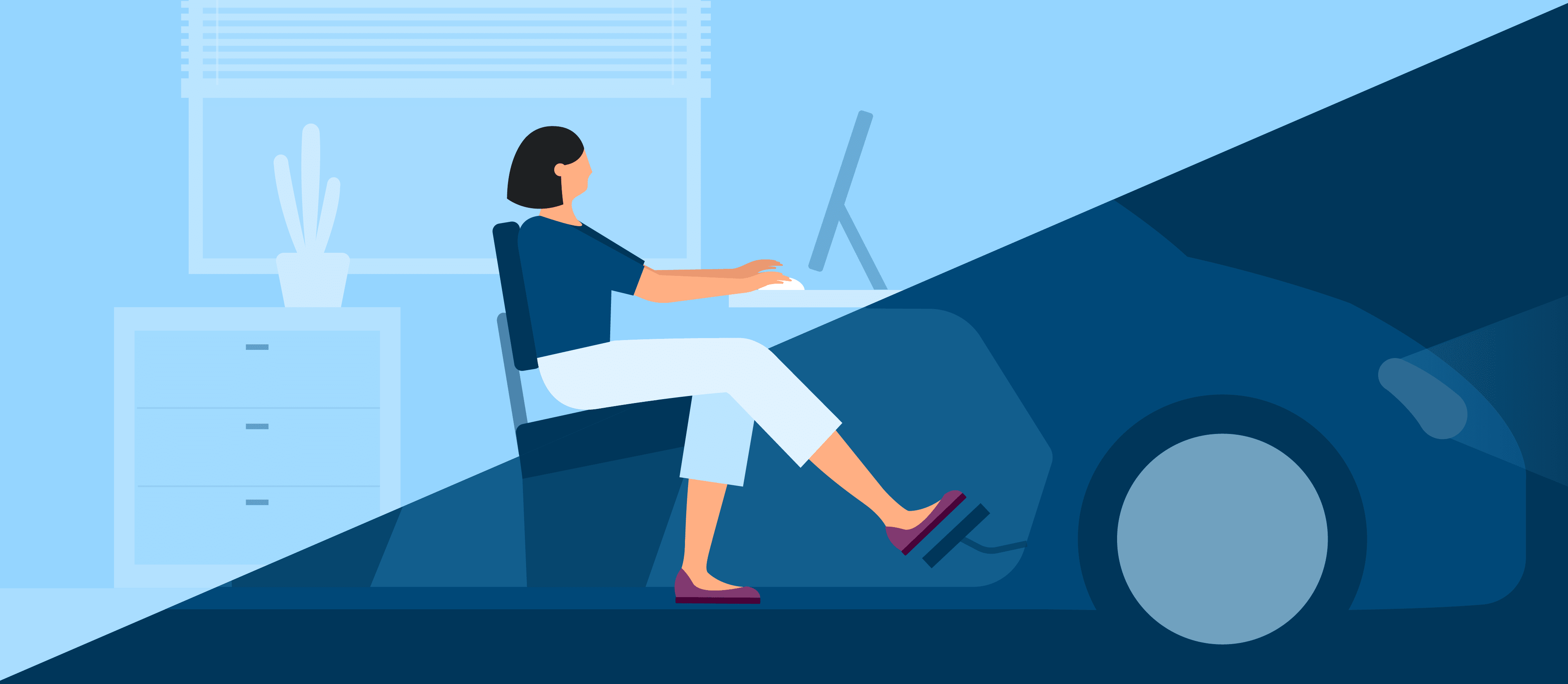
Once you’ve made some changes and are saving some money, you can concentrate on making more money. In most cases, making more money is more impactful than saving money.
The easiest way to make money is to invest so if you’re not investing, please stop reading this and open a
If you’re interested in real estate investing but think you have to have a lot of money to do it, you don’t! You can invest in real estate with Fundrise.
This is 132 ways to make $100 fast. If you did one a week, you’d have an extra $5,200 in a year.
You have too much stuff. You should sell some of it to make some money!
Use the dead time when you’re doing things like commuting or waiting to go into an appointment to make money by answering surveys on Survey Junkie.
Here it is again, my favorite, or least favorite I guess, statistic. Americans watch five hours of TV a day. Use some of those hours to make more damn money!
TL:DR
I wanted to write this in a way that gave you as much information as I could. But in doing so, I worried that I made it seem more complicated which defeats the entire purpose of this article.
So here is the TL:DR.
50% Essentials
- Housing (Ideally no more than 35% of your total net income)
- Utilities
- Transportation
- Health Insurance
- Life Insurance
- Dental Insurance
- Groceries
30% Fun
- Food
- Leisure
- Clothes
- Hobbies
- Grooming
20% Important Stuff
- Debt
- Saving
- Investing
And a Few More Tips
Paying bills is part of budgeting, and you can make it easier by setting up auto pay for as many bills as you can. This not only frees up a little time but ensures that you’re never late paying a bill.
If you do use autopay, it’s still a good idea to periodically go through your accounts. There can always be billing mistakes or false charges, so you want to be sure to catch them.
Another way to make things easier is to have the dates your bills are due change. Not all companies allow this, but many do.
That way, if you do have bills that can be put on auto pay, you only have to sit down once or twice a month to pay them. Just be sure not to group so many together that you don’t have the money to cover them.
Once you have your budget and all your budget categories set up, the rest pretty much takes care of itself. But it’s still a good idea to check in at least once a quarter or anytime you have a significant change in bills or income.
Sometimes budgets or budget categories need tweaking.
If you get a raise, you might use some of that extra money to pay down debt so you’ll need to change the amount you have budgeted for that. If you finally pay off your student loan, you might take that money and add it to your 401k contribution.
Budgets like any aspect of life can change so make sure you make changes when you need to. Happy budgeting and good luck reaching your financial goals!
Show Notes
Blue Moon: A Belgian white.
Mint: The easy way to budget.


